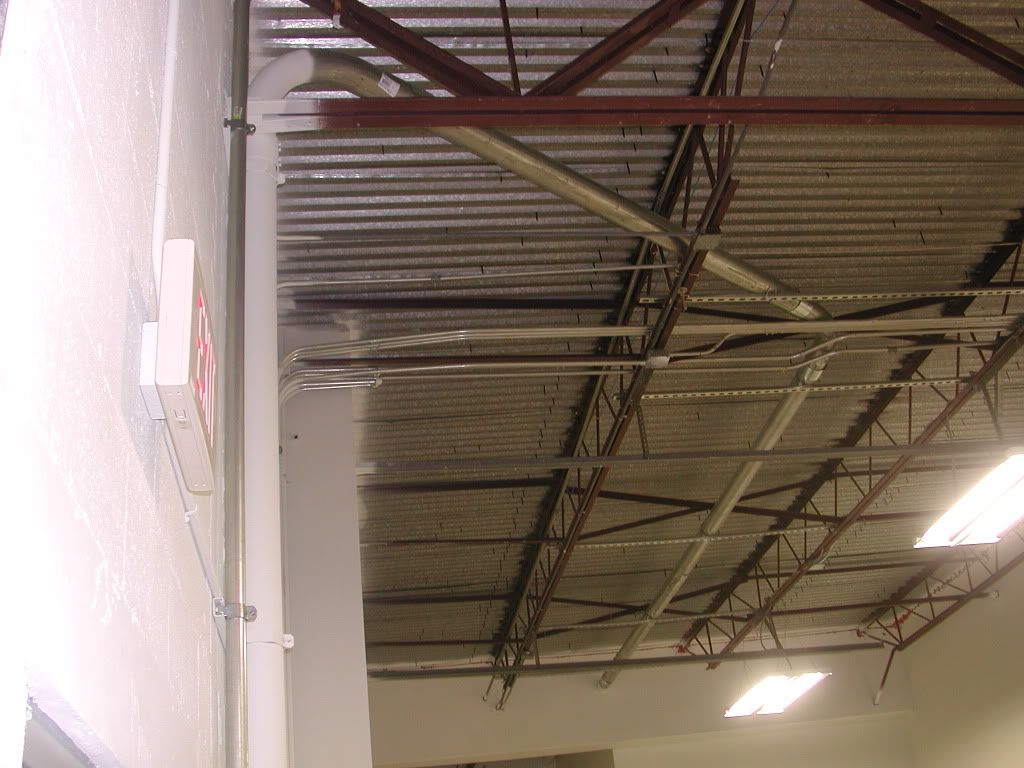chris kennedy
Sawhorse
I was having a conversation with the plumbing contractor today and he told me it is a violation to support raceways from the bottom of the red iron.(he couldn't quote me a code) If this is indeed true, could someone point me in the right direction?
Thanks

Thanks

